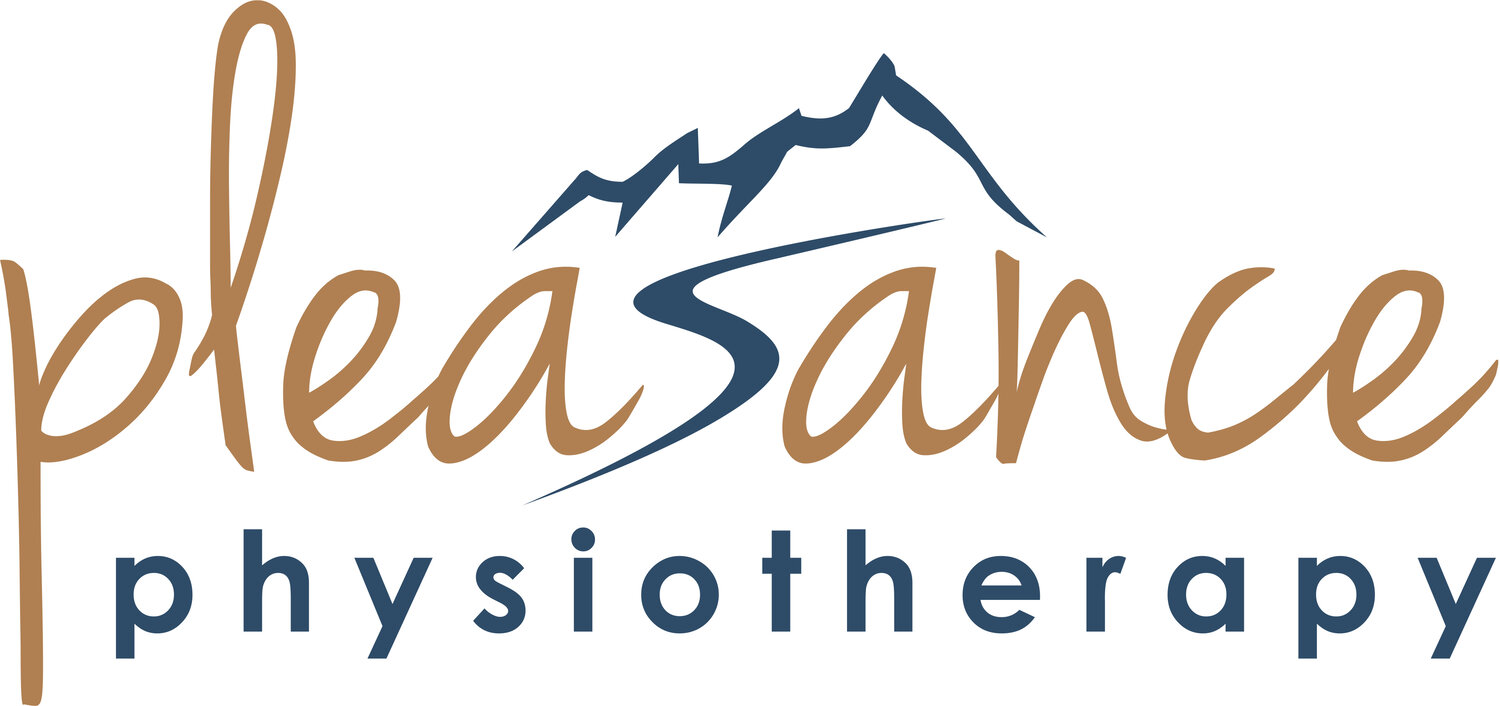“I threw my back out”…now what?
This is a common phrase I hear from clients when dealing with an acute back pain episode.
What does this actually mean? Is something out of place that needs to be put back in? The short answer is NO!
So, what is really going on?
Back pain in general is a common complaint and something I treat quite frequently in my physiotherapy practice.
A common presentation of acute low back pain looks something like this….
A simple task, such as picking something up off the ground all of a sudden produces intense back pain and often the inability to fully get back up and straighten the spine. Then movement in general becomes cumbersome and uncomfortable, so we move less. We move less, leading to further stiffness and discomfort.
This often occurs for one of the following reasons:
A joint isn’t moving properly
A meniscoid has been entrapped (a meniscoid is like a cushion between the spinal joints)
The load or movement was not supported adequately by the surrounding musculature
The load was too much for the tissue to handle (ie. after doing an activity we don’t do everyday, such as seasonal tasks like yard work or shovelling)
In any of these scenarios, the typical result is MUSCLE SPASM. This is a protective response of the muscle system when something isn’t quite right. In the back, these are LARGE muscles, so when they spasm, they spasm big!
Spasm is essentially a muscle contraction that doesn’t let go. In healthy muscle function, a muscle should shorten and contract when being used, but then be able to lengthen and relax when it’s not being used. When a muscle is in spasm it’s working constantly. Imagine if you held a tight fist all day long. Your hand would be sore and very tired by the end of the day!
Muscle spasm will make movement in the early stages more difficult, but the way to alleviate it is to MOVE! This can be simple and smaller movement in the early stages and then progress as you feel better.
Current recommendations for acute back pain include:
Minimal rest (at most 2-3 days if absolutely necessary). The earlier movement is introduced there is less likelihood of lingering back pain.
Early education on prognosis and how to decrease your symptoms
An early return to activities you enjoy
Less passive intervention (ie. heat, modalities (IFC, TENS)) and more movement.
Do you see a theme here! Movement is medicine!
Yes, everyone’s experience can be a bit different in regards to back pain.
And there are other pathologies and variables that can affect your individual experience and response to treatment.
BUT, typically acute back pain doesn’t mean there is nasty pathology at play.
Have you experienced low back pain before?
A physiotherapist can provide a thorough assessment of your specific pathology and needs and give you personalized recommendations.
Reach out if you need some help!
Stay well,
Lindsay Pleasance, PT, FCAMPT, CIDN
Owner, Registered Physiotherapist
References:
Shipton E. Physical Therapy Approaches in the Treatment of Low Back Pain. Pain Ther. 2018 Dec; 7(2): 127–137.

